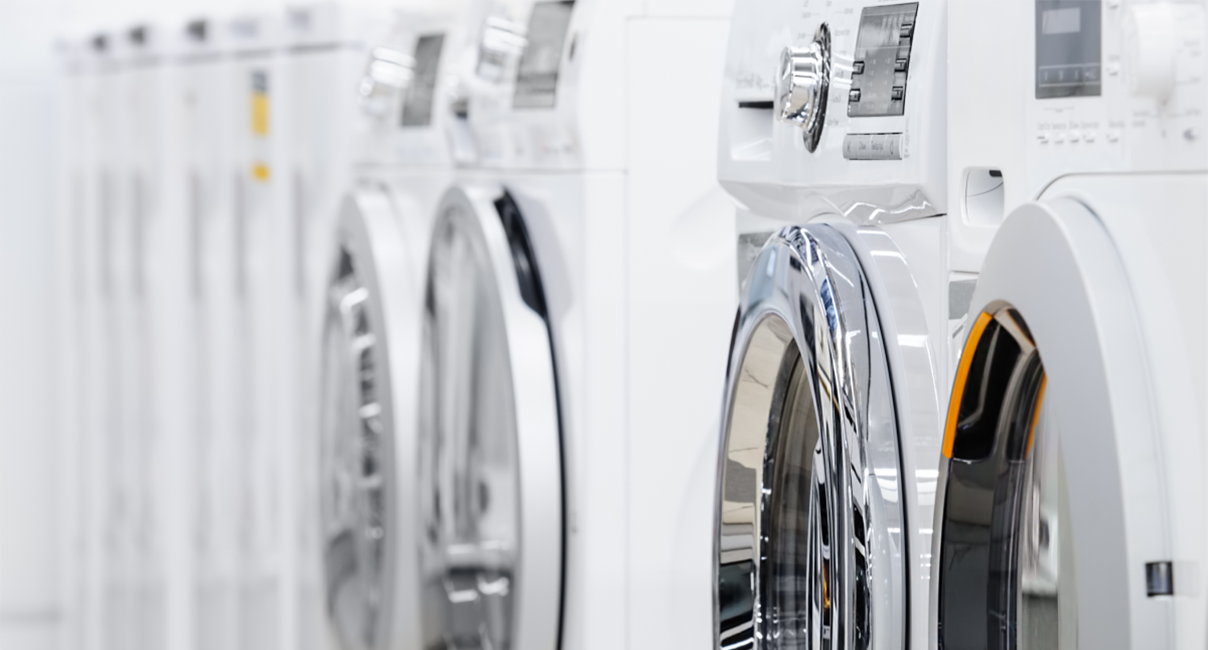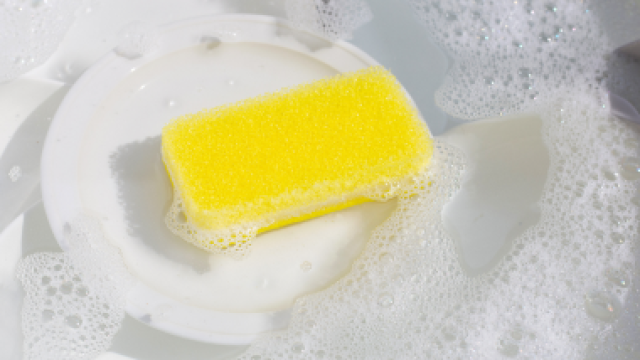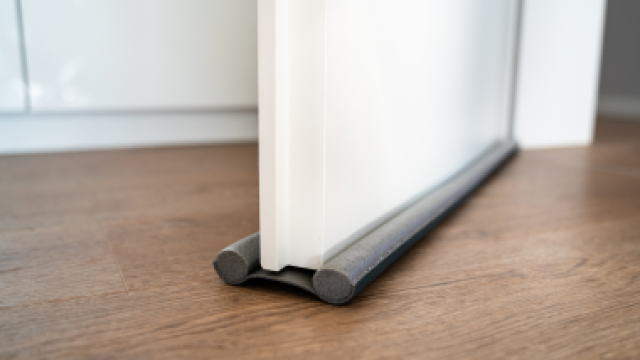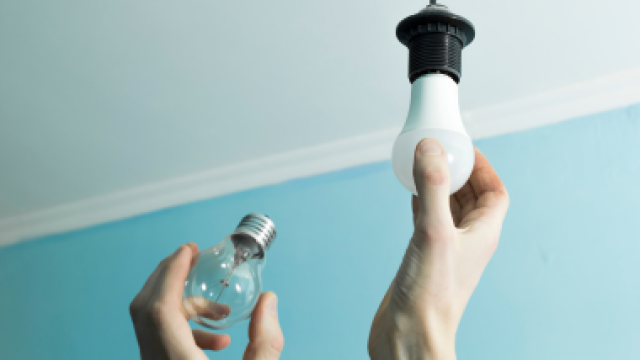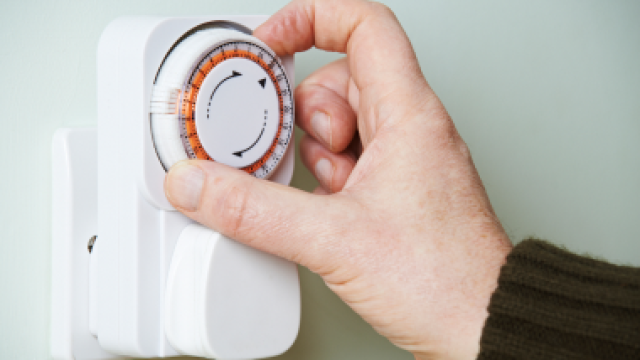Buying older products on Trade Me may be cheaper to buy upfront but often consume more energy than up-to-date appliances. When selecting appliances, look for the energy rating label to see which models offer the most efficiency for your budget. The more stars, the better.
Here’s what to look for when you’re buying new, or new to you, appliances.
Cooktops and ovens
Induction stove tops are the most energy efficient, using around half the energy of coil elements. Not keen on buying all new induction cookware? Ceramic, halogen and gas burners are good options too.
When it comes to ovens, convection ovens use 20-30 percent less power than normal ovens, with self-cleaning ovens being the most energy efficient because they have more insulation.
Dishwashers
If you’re looking to buy a new dishwasher, Smarter Homes advise to choose a dishwasher that:
- is the right size for your household so you don’t end up running it when it’s not full
- has an eco-cycle option and one that heats its own water
- is water efficient – inefficient models use around 23 litres per wash versus 6-7 litres
- is energy star qualified.
Find the right energy and water efficient dishwasher for your household here.
Fridges and freezers
If your fridge or freezer is a bit dated, it may be time for a new one. Fridges and freezers tend to become less efficient as they age. Here’s how you’ll know it’s time to pull the plug:
- If your fridge is older than 16 years or your freezer is more than 20 years old.
- You hear your fridge or freezer running continuously to maintain its temperature.
The running costs of a new fridge or freezer can be anywhere from $600 to $2,000 in power over a ten-year period according to EECA, so it’s worth using their handy comparison tool to compare the energy rating labels for different makes and models.
Washing machines
If you’re in the market for a new washing machine you’ve got two options, top loader or front loader. Top loaders usually use more energy but wash cycles are quicker. If you’re big on warm washes, it’s even more important that you choose a model that has the right load size for your household and is energy efficient.
Another tip is to check the different wash option times and the spin cycle speed – a spin speed of 1000rmp or higher removes more water, so your clothes require less drying time. EECA has a handy washing machine comparison tool to help you shortlist models and compare energy ratings.
Clothes dryers
When buying a new dryer, it’s important to get the right size for your household. In general, up to a 5kg capacity is good for 1-2 people, 5-7kg for 3-4 people and 7kg or higher for a household of 4 or more.
Picking a model that has an auto-sensing feature will use less power as it tells the dryer to turn off once clothes are dry, preventing over drying and wasted energy.
Use EECA’s handy clothes dryer comparison tool to create a shortlist and check energy ratings.
